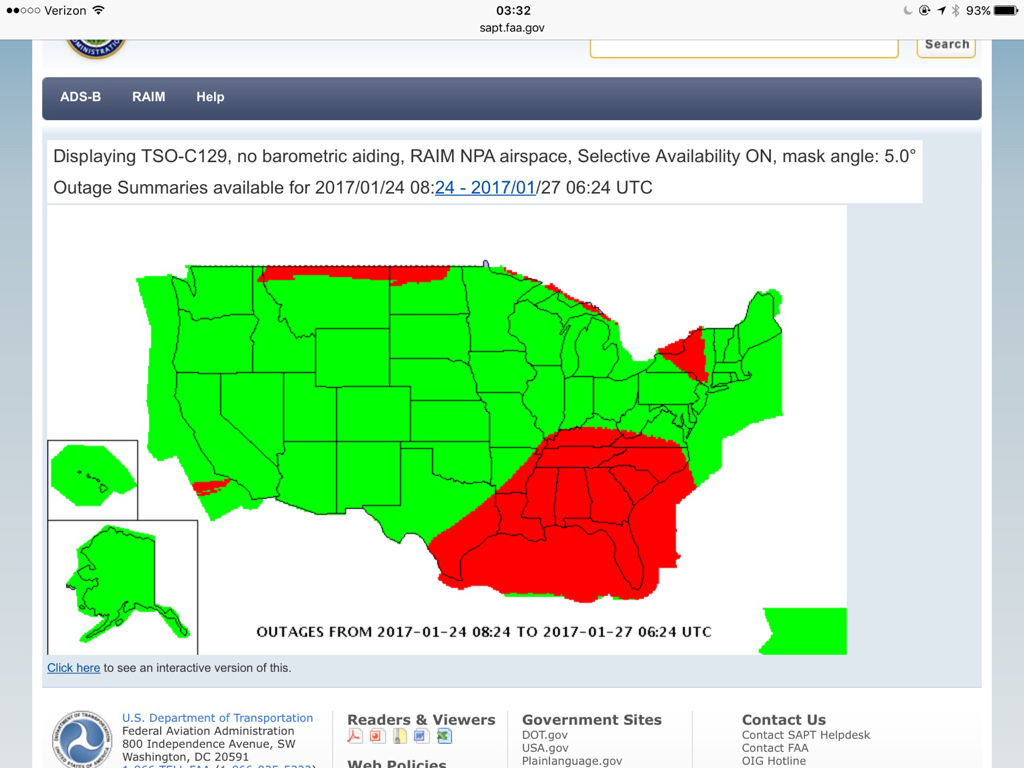Small nitpick. IDs are removed by automated monitors like VSWR monitors at the transmitter. It's transmitter integrity.
In the NDB / ADF integrity relationship ONLY the transmitter has "integrity". The integrity check on the receiver working properly is the pilot in the cockpit noticing if the needle is pointing the right way.
Only GPS has receiver integrity. NDB/ADF and VOR/ILS have none. They have transmitter integrity only -- provided by monitoring devices.
The ID itself doesn't technically provide any integrity. It provides an indication to the pilot that the ground based monitors aren't in alarm, as long as it is present. Even then, not always guaranteed.
"Not monitored" is a common FDC NOTAM issued on ground based gear, especially rural in mountainous terrain when the telecom circuit to the site fails in the dead of winter, but that is usually on enroute gear and not allowed on all pieces of an ILS approach. (The LOM being unmonitored I've seen quite a bit, I think.) And those transmitters have their IDs unless the local monitoring on site fails.
I'd have to look and see if there's any unmonitored NDBs in use for ADF approaches anywhere. I suspect not, but it wouldn't surprise me as NDBs die. Bunches of VORs that have that NOTAM issued against them.
Noticing an "unmonitored" NOTAM in the spew of FDC NOTAMs for nearly any XC these days, is a serious eyeball test unless you used software to help categorize the hundred or so that'll spit out for any particular flight plan.


